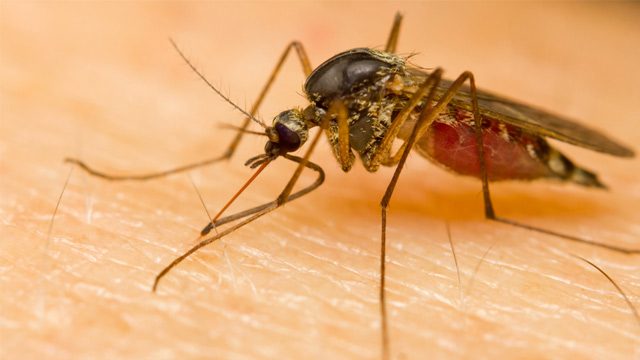SUMMARY
This is AI generated summarization, which may have errors. For context, always refer to the full article.

MANILA, Philippines – Among countries in the Western Pacific, incidence of dengue was highest in the Philippines, Cambodia, Malaysia, and Australia in recent years.
This was according to a report on neglected tropical diseases (NTDs) released by the World Health Organization (WHO) on Thursday, February 19, which pegged the investment cost of global vector control at $510 million annually.
The region reported 348,452 dengue cases in 2012 alone, including 1,199 deaths as the disease has a case-fatality rate of 0.30%.
Dengue, a disease common in tropical and sub-tropical countries in the world, is transmitted through the bite of an Aedes mosquito. Dengue fever is potentially fatal and mainly affects children.
WHO said dengue is a “disease of the future” because of “increased urbanization, scarce water supplies, and, possibly, environmental and climate change.”
NTDs, meanwhile, are infections caused by a variety of pathogens that affect more than 1 billion people worldwide. These diseases are endemic in 149 countries, according to WHO.
Part of the proposed Sustainable Development Goals is to end NTDs like dengue by 2030. To do this, WHO urged countries to invest billions of dollars to combat the diseases.
Invest to fight dengue
In the report, WHO said island nations in the Western Pacific such as Fiji are susceptible to dengue epidemics. Malaysia and Singapore also reported a sustained epidemic activity from 2013 to 2014.
“Diagnosis and management remain a challenge, with all efforts now focused on vector control with active community involvement,” the report said of dengue in the region.
To sustain vector control worldwide, WHO said the needed investment target is an average of $510 million per year from 2015 to 2030. The figure may continue to increase in the context of climate change.
And while a dengue vaccine is already in the works, the UN health agency said its introduction may only “re-program” some of the investment in vector control towards immunization. Vector control is still cost-effective to combat dengue.
“Investments in vector control should therefore be seen as complementary to the development and implementation of a future dengue prevention and control strategy. As the disease continues to expand to newer areas, vector control alone can prevent and reduce outbreaks,” the report said.
In the Philippines, a dengue vaccine tested in the country and 4 other Asian countries showed promising overall efficacy and will be available in the health department’s vaccine program by July 2015.
Challenges ahead
Although dengue and chikungunya “continue to spread at an alarming pace,” WHO said significant progress has been made against these diseases.
“Trends indicate declining mortality [due to dengue], but morbidity has continued to increase, due partly to better reporting systems,” the report said.
To reduce the burden of dengue, vector control must complement with other measures such as effective surveillance, prevention, and outbreak response.
Challenges in the next 15 years include:
- shortage of trained health workers
- absence of integrated vector-control programs
- degree of readiness in some countries to implement WHO-recommended integrated programs comprehensively
“Control of dengue is technically feasible with coordinated international technical and financial support for national programmes, and has proven effective in reducing the global burden of malaria,” WHO said. – Rappler.com
Close-up of a mosquito sucking blood from Shutterstock
Add a comment
How does this make you feel?
There are no comments yet. Add your comment to start the conversation.